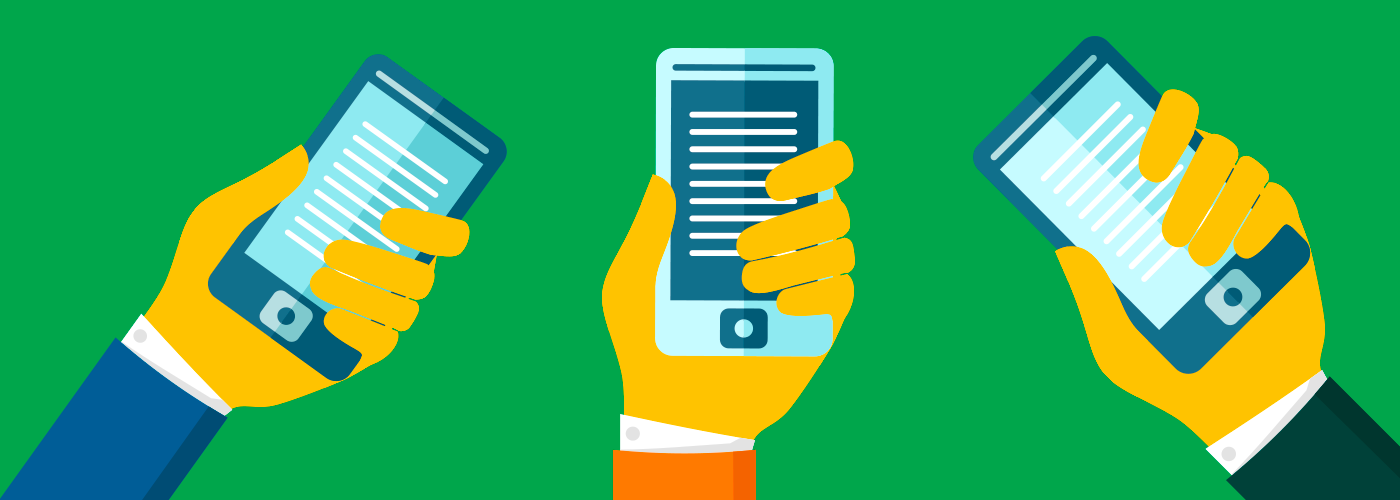Best Practices for SMS Surveys

What is an SMS Survey?
An SMS survey is a customer experience survey sent via text message to customers following an interaction with your business. It is a quick, effective and affordable strategy for gathering customer feedback, and can be a particularly useful form of communication for customers who are on the go.
Considering 95% of text messages are opened and read regardless of the sender, it is a strategic way to really reach your customer base and grab their attention. With such a high open-rate this is a great method to improve customer engagement.
Best Practices for SMS Surveys
1. Choose the right model
There are two approaches you can take to SMS surveys. The first is the traditional SMS survey model known as the “Back and Forth” Model. This model is completed entirely by real-time texting back and forth with the customer after they receive an invite to participate with the survey, also via text message. The process is similar to a real texting conversation one would have, but the questions and responses from the business are of course automated. With this model, it is essential that you keep your survey short and simple with a no more than 4-5 easy to answer questions to maximise your response rates and participation.
The second text message survey approach is to send a link to access a mobile-optimised online survey via text, just as you would via email. This approach allows for more questions to be asked in the browser but the extra step in the process (moving into a browser) might prevent some customers from following through. It also means that regardless of the fact that you are contacting your customer via their phone number rather than their email address, your survey is consistent. This method may exclude certain customer groups or demographics, but 76% of people have smartphones in advanced economies around the world (and that number is much higher amongst millennials and Gen Z). We generally recommend this option, regardless of any potential drawbacks, considering the greater flexibility that webforms deliver and the associated analysis that can be done.
2. Get permission (& make it easy to opt-out)
While many customers may prefer text messaging as an ideal form of communication with a brand, you need to gain a customer’s consent before using it as a primary contact method. Just as you need consent for email surveys or phone calls to a customer, regulations like GDPR make it essential that customers have explicitly agreed to be contacted this way. This can easily be done by asking them when they give you their contact information or by sending them an SMS message asking if they are happy to be contacted via that channel, with an easy “Y” or “N” response to opt-in or out.
Additionally, you must give customers the opportunity to opt-out or change their mind to being contacted via text message. Even if a customer has agreed to receive SMS marketing messages, they may not want to participate in a survey. Just as you give customers the option to unsubscribe from email surveys, you should give them the option to reply “END” or “STOP” at any point during your texting correspondence with them.
3. Consider your timing
The time of day when you send your survey is going to have a big impact on your response rates. To figure out the best time to send your SMS surveys you may have to do some testing, but you should be able to make some guesses based on your customer demographics (commuting time, lunchtime, weekends, etc). If you have customers in different time zones, this will also make a big difference as to when you send your survey.
Good practice though can be to send survey invitations as close to the customer’s interaction with your business as possible, regardless of the time of day. At that point, it will still be top of mind for them so answering the survey questions will be easiest then.
4. Integrate data
Texting is one of the most personal and intimate communication channels, so this must be considered when contacting customers. It is important that you integrate whatever information you have about the customer and their interaction with your business when you contact them with an SMS survey. You should use their name at the outset, “Hi Bill,” and include details about why they are being contacted, “you recently shopped at our Regent Street store in London.” This will not only remind the customer of their experience with your business but will also be in a personalised texting style they are accustomed to.
5. Follow up
Most of your customers probably lead busy lives and the survey may land when they’re in the middle of something. It is definitely worthwhile to send a follow-up message in case the message was forgotten. This will give them another chance to respond. Additionally, you should follow up with customers who completed the survey with a thank you message that shows how much you value and appreciate their feedback.
